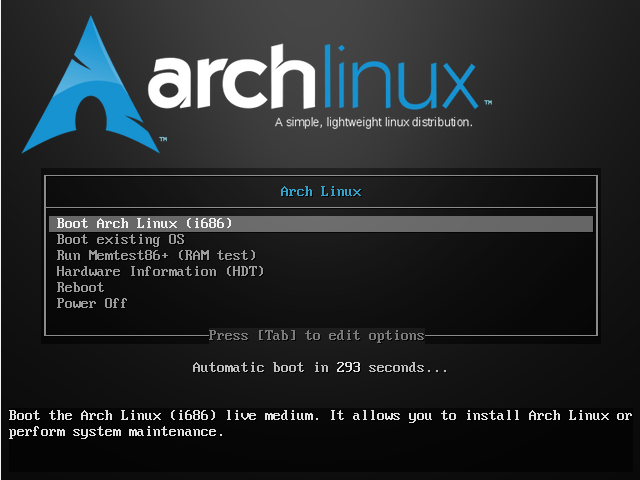tr (short for translate) is a useful command line utility that translates and/or deletes characters from stdin input, and writes to stdout. It is a useful program for manipulating text on the command line.
In this article, we will explain some useful tr command examples for Linux newbies.
The syntax for running tr command is as follows, where characters in SET1 are translated to characters in SET2.
$ tr flags [SET1] [SET2]
Linux tr Command Examples
1. A simple tr command use case is to change all lower case letters in text to upper case and vice versa, as shown below.
$ cat linux.txt linux is my life linux has changed my life linux is best and everthing to me..:)
$ cat domains.txt | tr [:lower:] [:upper:] LINUX IS MY LIFE LINUX HAS CHANGED MY LIFE LINUX IS BEST AND EVERTHING TO ME..:)
2. Alternatively, you can use the following command to change all lower case letters to upper case in a file as shown.
$ cat linux.txt | tr [a-z] [A-Z] LINUX IS MY LIFE LINUX HAS CHANGED MY LIFE LINUX IS BEST AND EVERTHING TO ME..:)
3. To save the results written to stdout in a file for later processing, use the shell’s output redirection feature (>) as shown.
$ cat linux.txt | tr [a-z] [A-Z] >output.txt $ cat output.txt LINUX IS MY LIFE LINUX HAS CHANGED MY LIFE LINUX IS BEST AND EVERTHING TO ME..:)
4. In regards to the redirection, you can send input to tr using the input redirection and redirect the output to a file using the same command, as shown.
$ tr [a-z] [A-Z] < linux.txt >output.txt
5. Another useful feature is, you can use the -d flag to delete characters, for example to remove the spaces in the domain names using the following command.
$ cat domains.txt www. tecmint. com www. fossmint. com www. linuxsay. com
$ cat domains.txt | tr -d '' www.tecmint.com www.fossmint.com www.linuxsay.com
6. If there are repeated characters in a sequence (for instance double spaces) in the text you are processing, you can use the -s option to squeeze the characters leaving only one occurrence of it.
$ cat domains.txt www.tecmint.....com www.fossmint.com www.linuxsay.com
$ cat domains.txt | tr -s '' www.tecmint.com www.fossmint.com www.linuxsay.com
7. The -c option tells tr to use the complement in the given of SET. In this example, we want to delete all the letters and only leave the UID.
$ echo "My UID is $UID" | tr -cd "[:digit:]/n" OR $ echo "My UID is $UID" | tr -d "a-zA-Z"
8. Here is an example of breaking a single line of words (sentence) into multiple lines, where each word appears in a separate line.
$ echo "My UID is $UID" My UID is 1000 $ echo "My UID is $UID" | tr " " "/n" My UID is 1000
9. Related to the previous example, you can also translate multiple lines of words into a single sentence as shown.
$ cat uid.txt My UID is 1000 $ tr "/n" " " < uid.txt My UID is 1000
10. It is also possible to translate just a single character, for instance a space into a “ : ” character, as follows.
$ echo "Tecmint.com =>Linux-HowTos,Guides,Tutorials" | tr " " ":" Tecmint.com:=>Linux-HowTos,Guides,Tutorials
There are several sequence characters you can use with tr, for more information, see the tr man page.
$ man tr
That’s all! tr is a useful command for manipulating text on the command line. In this guide, we showed some useful tr command usage examples for Linux newbies. You can share your thoughts with us via the comment form below.
Source: tecmint.com




